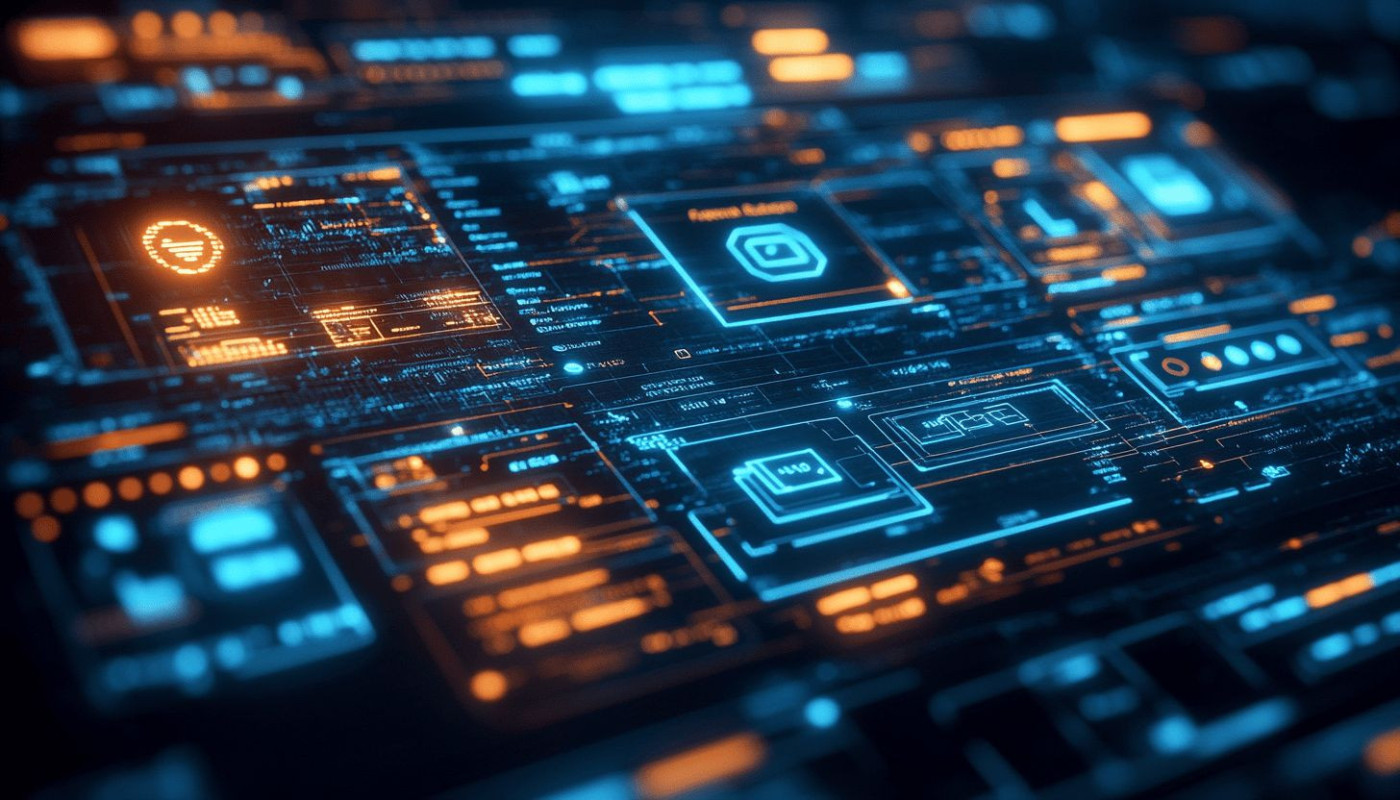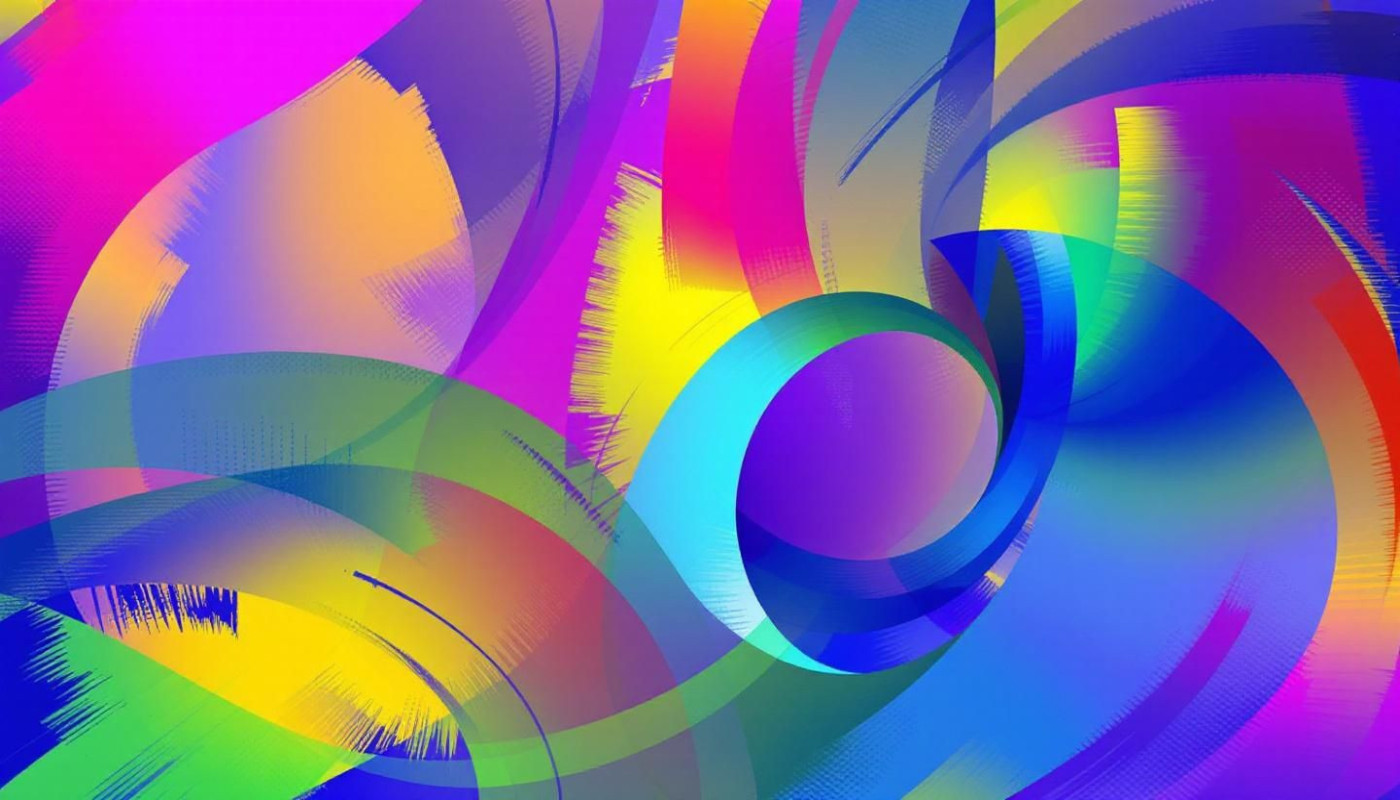Table of contents
Digital art is undergoing a revolutionary transformation, driven by the rapid advancement of artificial intelligence technologies. As algorithms become more sophisticated, new possibilities emerge for artists, designers, and creators to push the boundaries of imagination and innovation. Dive into the following sections to uncover how AI is redefining the creative process, democratizing access, and reshaping the future of digital art creation in captivating ways.
Expanding creative boundaries
AI digital art has revolutionized the creative process by equipping artists with tools that vastly extend the reach of digital creation. Through the use of neural networks, artists can now generate complex visuals and effects previously unattainable with manual methods. Style transfer, powered by advanced machine learning algorithms, allows creators to infuse their works with the characteristics of iconic art movements or individual aesthetics, seamlessly blending disparate styles into new visual experiences. Generative art platforms harness data and neural networks to spontaneously produce unique compositions, offering a dynamic playground for artistic innovation. This fusion of technology and creativity not only accelerates experimentation but also empowers artists to challenge conventional boundaries, fostering a vibrant digital landscape where new forms of artistic expression can flourish.
Democratizing digital art access
AI tools for artists are rapidly transforming digital art creation by making it more inclusive and approachable than ever before. Through intuitive user interface (UI) design and intelligent assistants, these platforms eliminate many hurdles that previously limited participation in digital art. Accessible creativity now extends to beginner artists who may lack formal training or professional equipment, thanks to automated features such as style transfer, auto-colorization, and composition suggestions. This shift fuels art democratization, as more individuals with diverse backgrounds and skill levels can express themselves creatively using only basic hardware and widely available software. The widespread adoption of these advancements empowers users to produce high-quality digital works, fostering a vibrant creative community and reshaping the landscape of digital art.
Enhancing artistic collaboration
AI collaboration is fundamentally transforming how digital artists interact and create together. Through advanced collaborative platforms, machine learning algorithms enable seamless art co-creation by connecting artists globally, fostering new partnerships and creative teamwork between individuals and AI systems. These platforms go beyond simple toolsets, offering digital artist partnerships that blend human expression with algorithmic innovation. Rather than replacing artists, AI serves as a creative partner, generating unexpected ideas, suggesting novel styles, and even learning from collective input to inspire all collaborators involved. This evolving relationship encourages greater experimentation and diversity in digital art, as artists leverage AI to amplify their visions while maintaining personal signature. For those interested in exploring such collaborative opportunities or generating new concepts through AI-driven tools, visit this site to discover how the latest advancements empower creative teamwork and redefine boundaries in digital art.
Accelerating workflows and productivity
AI workflow integration is revolutionizing the way digital artists approach their craft by automating repetitive tasks and enhancing digital art productivity. Through the use of advanced automation pipeline systems, artists can delegate routine operations such as layer organization, color correction, and background cleanup to intelligent algorithms, freeing up time for imaginative work. Digital art software now incorporates features like automated editing, smart content-aware filling, and instant real-time feedback, allowing creators to iterate quickly and efficiently. These innovations in content generation empower both professionals and hobbyists to experiment with new ideas without being bogged down by manual processes. Such advancements in creative efficiency ensure that artists can focus on conceptual development and originality, while AI-driven tools handle labor-intensive aspects of production, ultimately elevating the overall quality and speed of digital art creation.
Shaping the future of digital art
The future of AI art holds remarkable promise as computational creativity reshapes the boundaries of digital expression. Digital art trends increasingly highlight the blending of advanced algorithms with human intuition, creating dynamic collaborations that redefine authorship and originality. As machine learning models generate visually striking pieces, fresh dialogues around AI ethics become central—artists and audiences alike question ownership and authenticity in works born from code. Evolving creativity is now marked by the emergence of hybrid styles and experimental media, with AI tools opening doors to processes and visuals previously unimaginable. This synergy also paves the way for art innovation, where entirely new forms such as interactive generative installations or real-time adaptive artworks flourish. According to the editor-in-chief of a premier digital art publication, the partnership between artists and artificial intelligence is poised to foster a richer, more inclusive global art scene, with responsibilities around transparency, credit, and intentionality at its core. As these technologies continue to advance, expect new creative paradigms that challenge traditional notions of what art can be, while sparking continual debate and inspiration across the arts community.
Similar

Exploring The Impact Of Diverse Payment Options On Virtual Goods Purchases

Choosing The Right Live Shopping Plan To Suit Your Business Size

Integrating Marketing Automation To Streamline Operations

Exploring The Latest Trends In Online Store Enhancements And Tools

How AI Enhances CRM Tools To Boost Business Productivity

Exploring The Cost-effectiveness Of AI-driven Chatbots For Small Businesses

